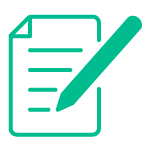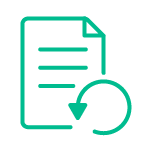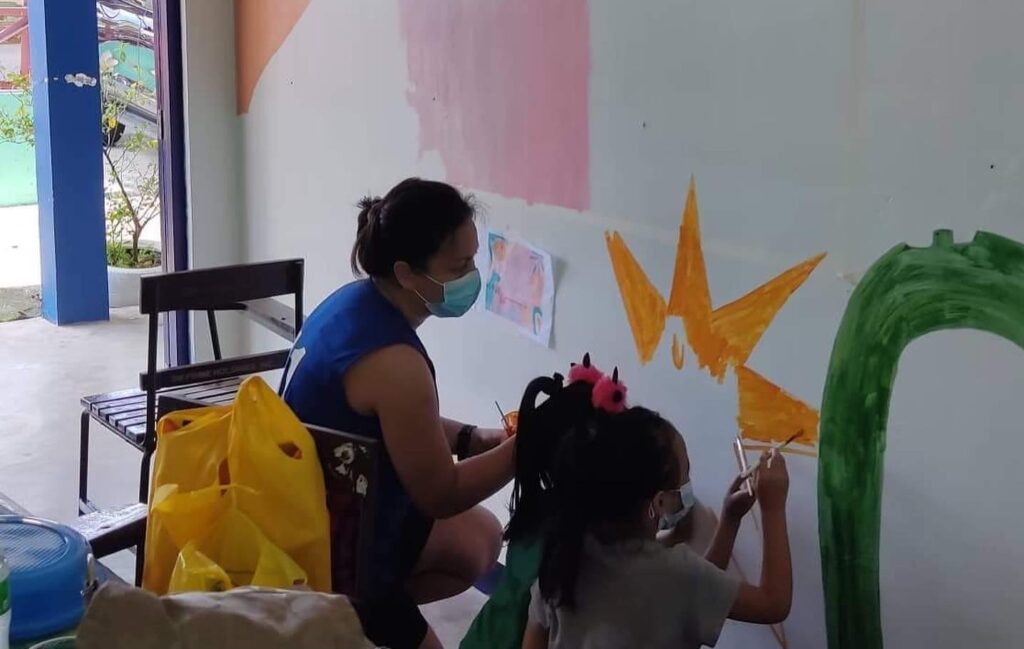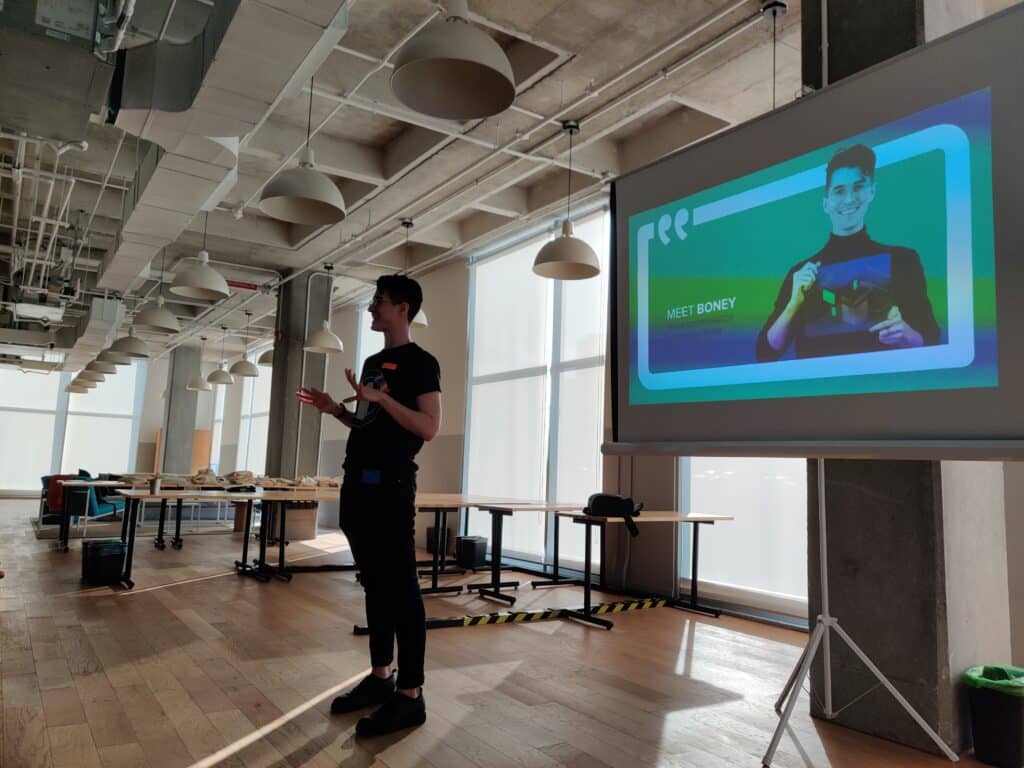Streamlining your design process has numerous benefits, including increased efficiency, improved collaboration, scalability, and client satisfaction. It empowers you to work smarter, produce better designs, and achieve greater success in your design projects. So here are some tips on how you can streamline your design process.

Define the scope of the project
Before starting any design project, it’s important to clearly define the scope of the project, including the goals, objectives, timeline, and budget. This will help you stay focused and avoid scope creep, which can cause delays and increase costs.

Create a design brief
A design brief is a document that outlines the project requirements, including the target audience, brand values, and design goals. This document serves as a roadmap for the project and helps ensure that everyone is on the same page.

Gather inspiration
Before diving into the design process, it’s important to gather inspiration from a variety of sources, including competitor analysis, mood boards, and design trends. This will help spark creativity and ensure that your designs are on-trend and relevant.

Sketch and ideate
Once you have a clear understanding of the project requirements and have gathered inspiration, it’s time to start ideating and sketching out ideas. This stage is all about quantity over quality, so don’t be afraid to generate lots of ideas and variations.

Refine and iterate
After generating a large number of ideas, it’s time to start refining and iterating on the best concepts. This involves testing and validating ideas with stakeholders and making revisions based on feedback.

Create a design system
A design system is a collection of reusable design elements, including typography, color palette, and UI components. Creating a design system can help streamline the design process by ensuring consistency and efficiency.

Collaborate and communicate
Effective communication and collaboration are key to streamlining the design process. Use tools like project management software, design feedback tools, and video conferencing to keep everyone on the same page and avoid miscommunications.















